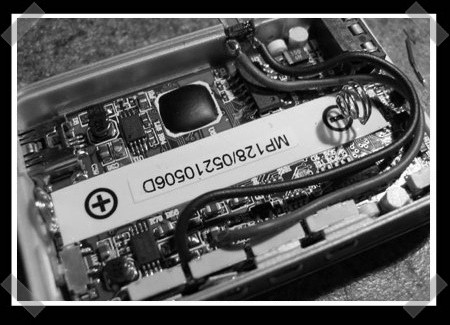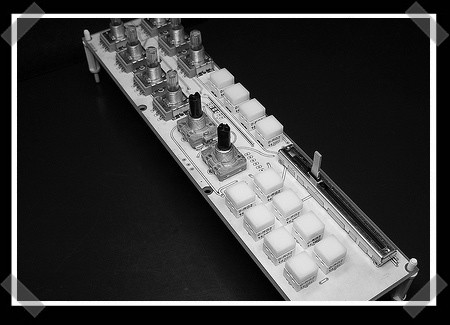
It’s been a long time coming but that highly sought after open source mixer, the aurora224 is now available for purchase on the company’s website. The aurora mixer is a fully programmable USB mixer complete with 24 back lit knobs, 2 faders, and a single crossfader.
While the instructions on how to assemble your own mixer from scratch have been available for sometime now, many wanted a kit complete with everything needed to avoid having to source the parts themselves.
The aurora mixer is available in 2 versions, a fully assembled turn key deck and a DIY kit that requires the use of a soldering iron and the ability to follow directions.
So, if you’ve wanted to build your own aurora mixer but never knew where to start, this may be your lucky day. Don’t wait too long as you have until September 1st to get your order in.















